Understanding the risks of growing stone fruit is key to appreciating why peaches, apricots, and nectarines are so complex to cultivate under an organic and regenerative agricultural model. Their short growing cycle, high sensitivity to weather conditions, and limited post-harvest lifespan create a scenario where precision and timing are critical factors.
Why is the stone fruit growing season so short?
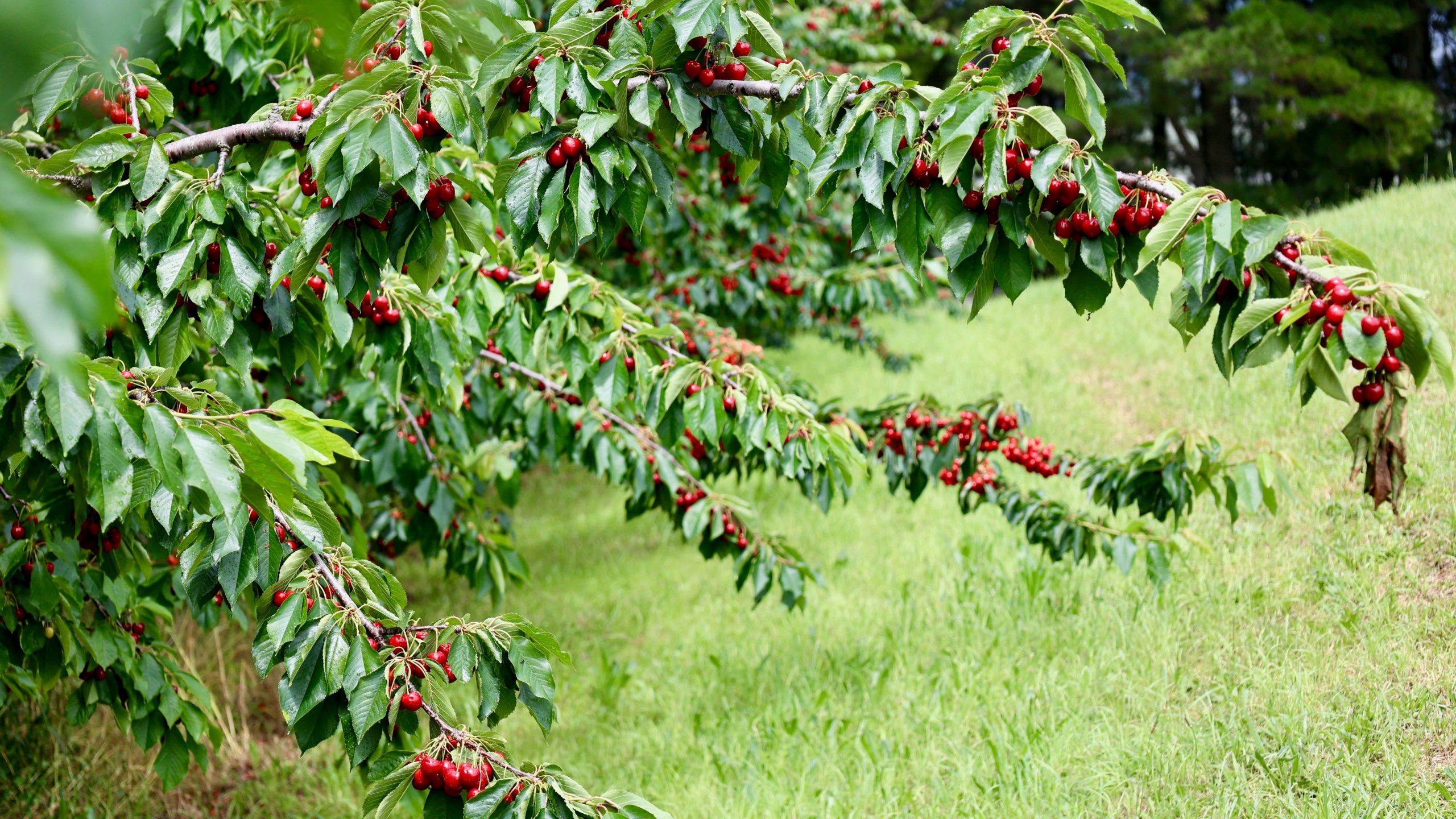
Most summer stone fruits complete their entire development cycle, from blossom to harvest, in under ten weeks. This rapid evolution drastically reduces the margin for error for the farmer. The window for an optimal harvest is not only brief but also highly variable, depending on the speed of ripening and meteorological events.
Increasing climate volatility in Europe adds a layer of unpredictability. A specific example can be found in the region of Catalonia, where organic stone-fruit farmer Jordi Garreta explained how this year’s prolonged spring rains interfered with the fruit set and final ripening, affecting the available harvest volumes. Furthermore, several hailstorms damaged and split some of the fruit.
Each variety presents specific vulnerabilities:
- Cherries are prone to splitting with sudden rains.
- Apricots are particularly sensitive to thermal stress.
- Peaches are highly vulnerable to fungal diseases in high-humidity conditions.
A regenerative and organic approach to the risks of growing stone fruit
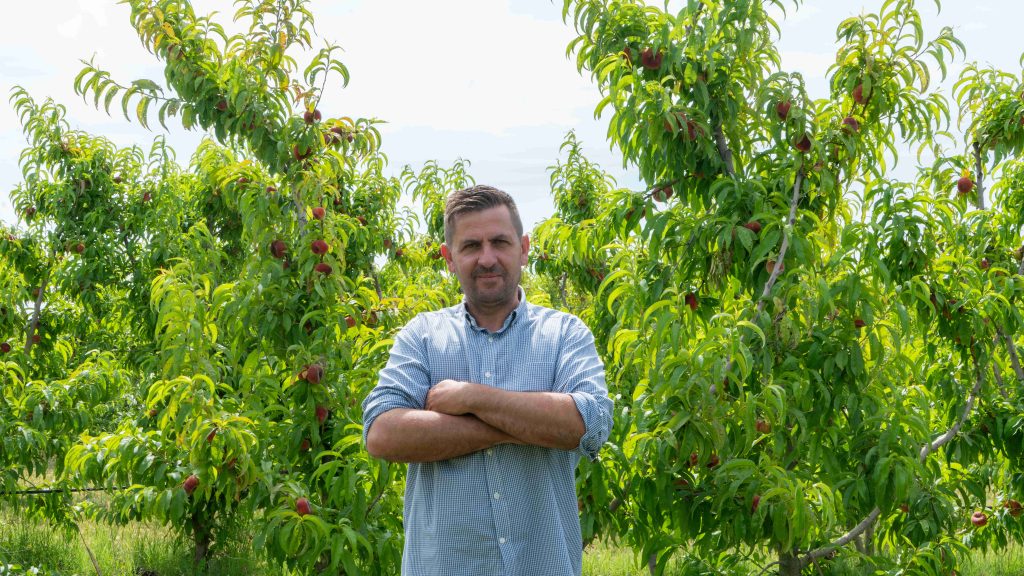
In conventional agriculture, the control of pests and diseases often relies on the use of synthetic inputs. The organic and regenerative approach, however, seeks to create a resilient ecosystem, addressing the root cause of pests — an unbalanced ecosystem that allows excessive growth of a specific organism — instead of the consequences. As Jordi Garreta explains:
“The main pests and diseases are aphids, earwigs (Forficula auricularia), and fungi like Monilia and Rhizopus. The best way to combat them is to have a crop that is well-balanced in its nutrition, meaning that each tree uses its own tools to fight off pests. If this is not enough, we use kaolin, nettle slurry, or diatomaceous earth. We plant flower strips and allow spontaneous wild herbs to grow to encourage biodiversity, which creates a more resilient ecosystem against pests, among other benefits.”
Jordi Garreta
Farmer at Grup Garreta
Scientific research supports these practices. For example, a 2022 study found that tree rows closest to perennial flower strips averaged a 60% increase of predators per branch, compared to those found in control orchards without flower strips. These methods not only addresses pests in the short term, but also prioritises the long-term health of the soil and the ecosystem, which ends up paying back by increasing the ecosystem’s resilience.
What are climacteric fruits, and how does it affect their flavour?
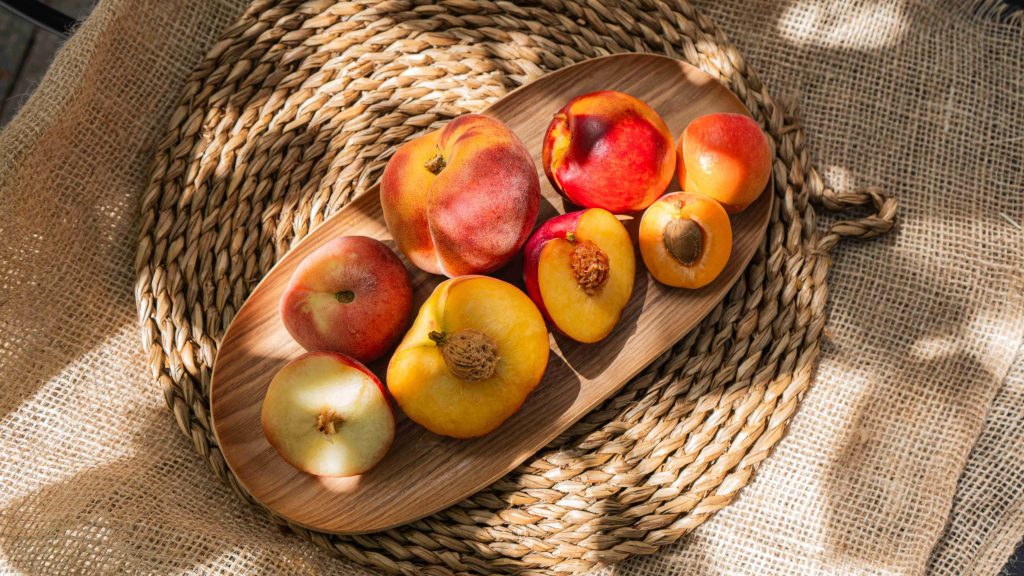
Most stone fruits (with the exception of cherries) are climacteric, meaning they continue to ripen after being picked, thanks to the internal production of ethylene. While this allows farmers to ship fruit that is still firm, it demands precise timing. Harvesting too early results in flavourless fruit; harvesting too late makes transport difficult, especially in organic farming where many chemical preservatives and treatments are prohibited.
Post-harvest losses are one of the biggest challenges facing the food system. According to the FAO, fruits and vegetables suffer the highest loss rates, exceeding 20% globally before even reaching stores. Within this category, delicate and perishable fruits such as stone fruit are particularly vulnerable to mechanical damage and over-ripening, specially given the high temperatures in the season in which they are harvested and shipped.
This is where production models diverge significantly:
- The conventional model: The food industry has adapted to these biological limits through early harvesting, cold storage, and prioritising varieties selected for their durability rather than their organoleptic (smell and flavour) qualities. Supermarkets often pressure producers to deliver uniform, long-lasting products at low prices. This model depends on an intensive cold chain and production surpluses, which typically ends up in high food waste and comes at the expense of flavour and nutritional density. It is estimated that stone-fruit losses from farm to table can range from 20 to 50% globally.
- The direct sales model: By harvesting on demand, the fruit is picked at its point of physiological maturity, prolonged cold storage is avoided, and overproduction is reduced. This not only minimises food waste but also preserves the product’s integrity and allows for fairer pricing structures that reflect the high risk and labour intensity required to grow these fruits without synthetic inputs.
A practical guide to at-home conservation
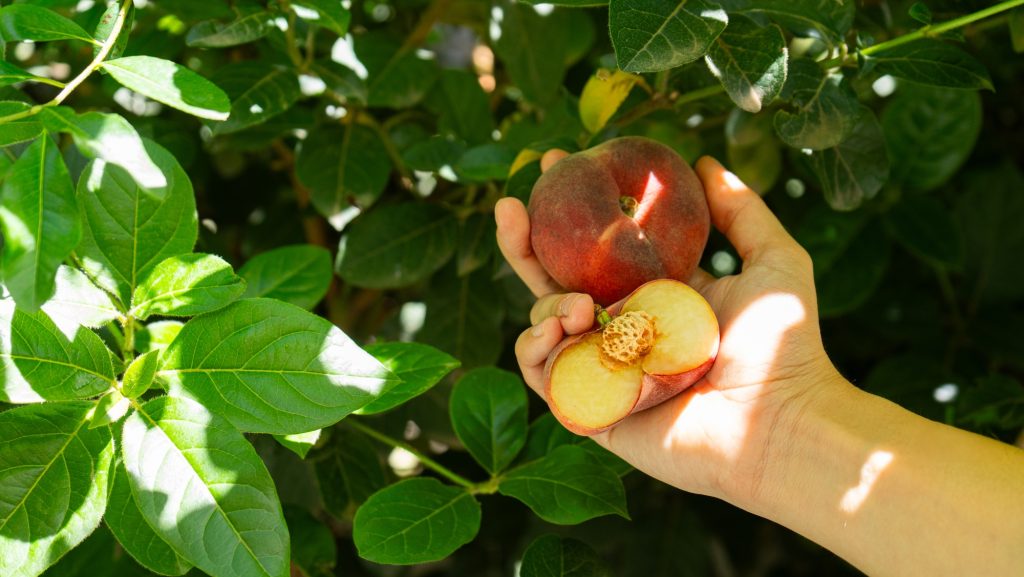
Once the fruit arrives at your home, its proper handling is essential to enjoy its maximum quality.
- Ripen at room temperature: If your peaches, nectarines, or apricots are still firm, leave them at room temperature, away from direct sunlight. To know if a peach or apricot is ripe, the key is not always the colour, but the touch and the aroma. You will know they are ready when they yield slightly to a gentle press and give off a fragrant aroma.
- Refrigerate after ripening: Once ripe, you can move them to the fridge to extend their life for a few more days. Low temperatures (especially below 8 °C) can impair the development of flavour and texture in fruit that has not yet ripened.
- The case of cherries: As they are non-climacteric, cherries do not ripen after harvesting. They should be refrigerated immediately to maintain their freshness.
- Wash just before eating: Avoid washing the fruit before storing it, as moisture can accelerate its decay. Wash it just before you intend to eat it.
To know more about how to handle your summer fruit, here you have a specific article to guide you through.
Towards a resilient model for a vulnerable sector
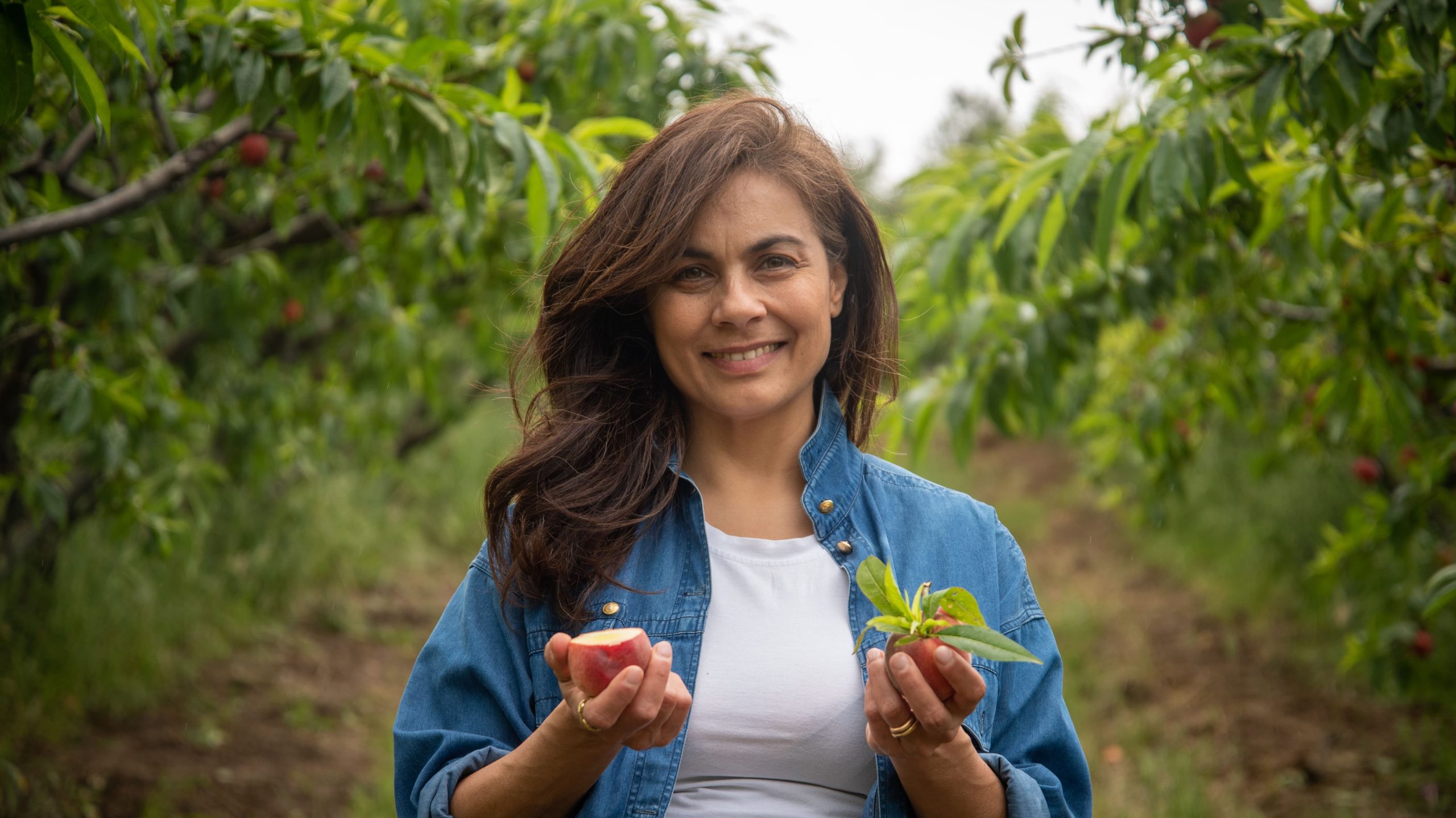
The combination of short seasons, high climate sensitivity, and market pressures are the main risks of growing stone fruit, making summer stone fruit production one of the most complicated sectors of organic fruit farming. As climate volatility increases, producers will face greater uncertainty.
Supporting producers through transparent and direct supply chains is not just a consumer preference; it is an essential shift to sustain production models that prioritise soil health, quality nutrition, and long-term resilience.



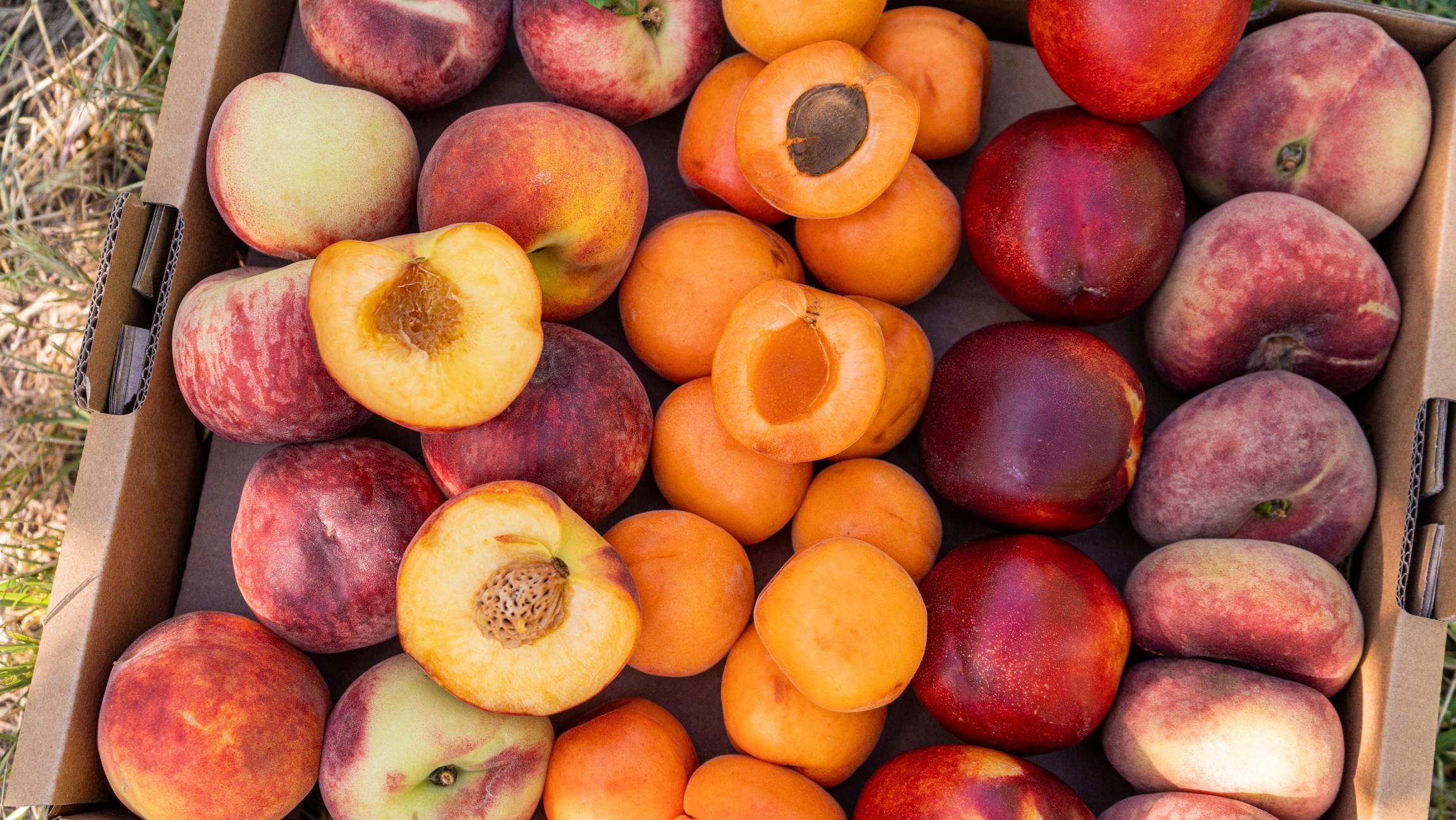
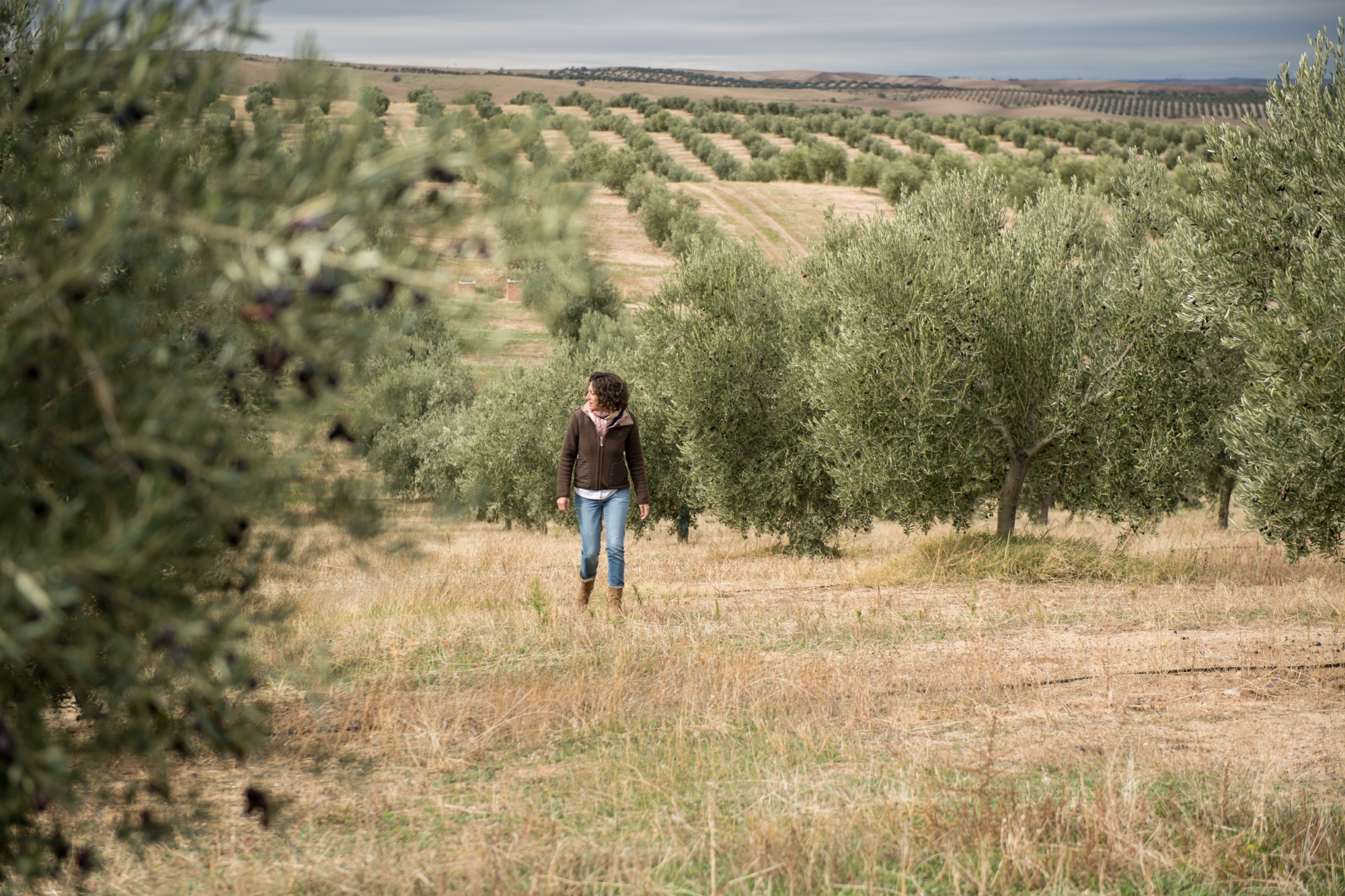

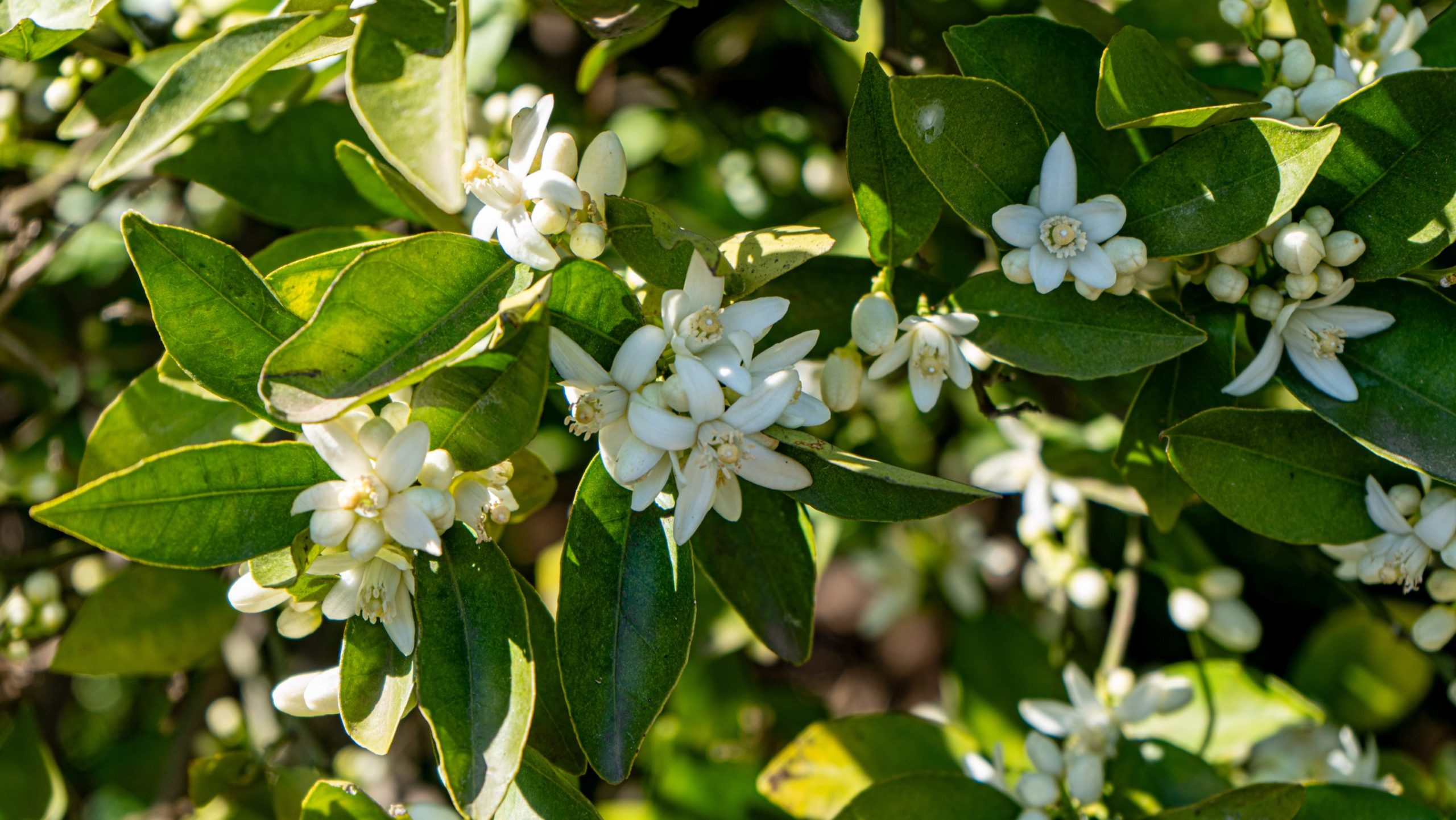
Comments
Please note that we will only respond to comments related to this blog post.